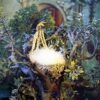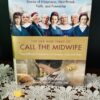One month in and this book is so very lovely.

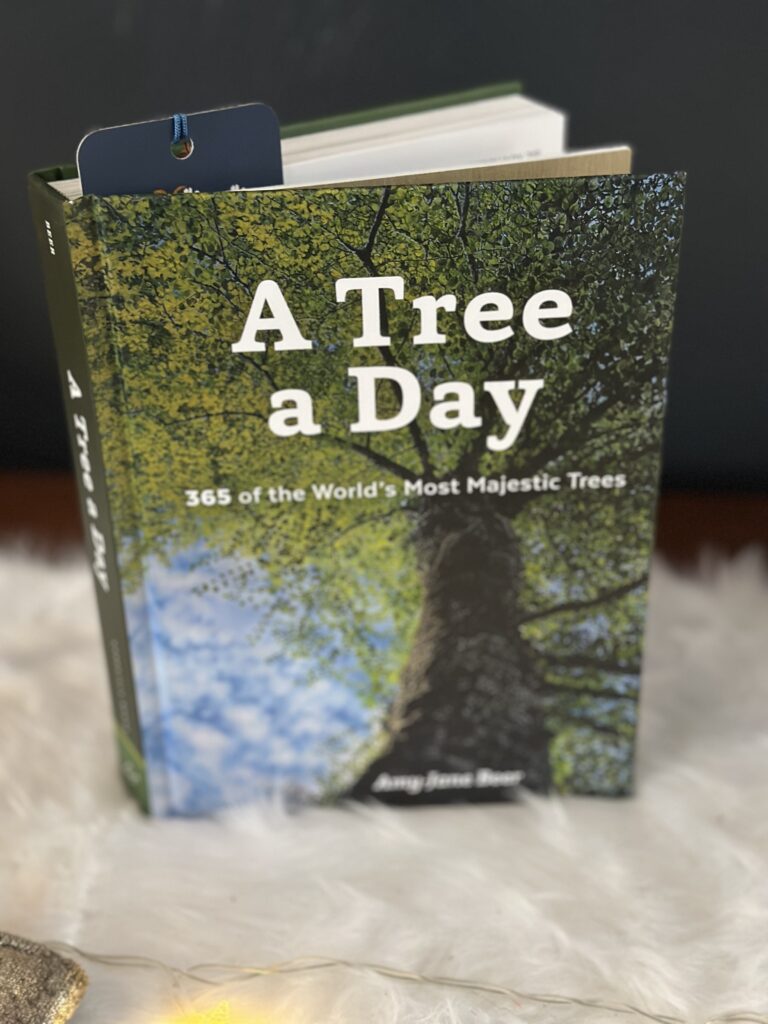
The Theresienstadt (Terezin) Tree
Czech Republic
The Theresienstadt Ghetto was a concentration camp in the Czech town of Terezin. As part of a Nazi propaganda exercise, prisoners were allowed to practice religious and cultural activities and to educate their children. In 1943, in celebration of Tu B’Shvat, the Jewish
“New Year of the Trees,” a teacher-detainee called Irma Lauscher planted a smuggled sycamore cutting, and encouraged the children to tend it. Of more than 15,000 children passing through Theresienstadt en route to Auschwitz, fewer than 200 survived the war. But thanks to their care, and that of their inspirational teacher, the tree lived on into the 21st century. Its preserved trunk stands in the grounds of the memorial Ghetto Museum and hundreds of descendants nurtured from its seeds now grow in commemorative locations around the world. Tu B’Shvat falls in January or February of the Gregorian calendar.
Artwork from the Theresienstadt ghetto (1942-1943). In 1944 the ghetto was “beautified” by the Nazis for a Red Cross visit in Operation Embellishment.
The ruse worked……….. (I CANNOT about the International Red Cross….).
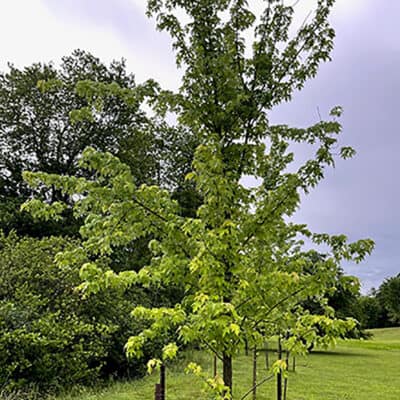
A tree planted outside the Museum of Jewish Heritage, with roots born of the Holocaust, branches out to a better future.
On a January day in 1943, a woman named Irma Lauscher gathered a group of Jewish children and planted a tree with them in recognition of Tu B’Shvat, a Jewish holiday honoring the “new year of the trees.” This Tu B’Shvat observance was anything but traditional, however—because the tree was planted by a Jewish woman and Jewish children in Theresienstadt (Terezín), a Nazi concentration camp in what was then Czechoslovakia.
The Nazis allowed children at Theresienstadt to be educated as part of a promotional ploy to hide the camp’s genocidal purpose. A group of adult prisoners at Theresienstadt established a council of educators. Irma Lauscher was a member of that council.
THE STORY
On the eve of Tu B’Shvat in 1943, Irma Lauscher decided to teach the children interned in Theresienstadt a lesson of great importance: even those who have little, can do much. She enlisted the help of a sympathetic guard to bring her a tree. The next day the guard presented her with seedlings about 4 inches high and the children and their teacher planted the tree in the children’s quarters. Lauscher told them the tree needed water and sun to grow. She asked each of the children to give up a portion of their water each day so that this living plant could be nourished and thrive. It is difficult to fathom asking these children, living in conditions of squalor and starvation to give up a portion of their daily water when the ration was so small. But they did.
Lauscher survived the camp, allowing the story of the children and the tree to survive as well. She asked to be buried beneath her tree which, by the time of her death in 1985, stood 30 feet tall.
After World War II, seeds and cuttings from the tree were sent abroad. Its saplings have been spread widely across the globe, including Jerusalem, Chicago, and Philadelphia.
In November 2021, a tree grown from the cuttings in Philadelphia was transported to New York and planted in front of the Museum of Jewish Heritage.
The silver maple tree planted in front of the Museum bears the name “The Children’s Tree” in memory of Lauscher’s students, many of whose lives were most likely cut short not long after the 1943 tree-planting ceremony.
But the tree is also named for the children of today and tomorrow, who will visit the tree and learn its history, and for the students at PS/IS 276: The Battery Park City School, located across the street from the Museum, who will become the tree’s caretakers for generations to come.

Drawing created by Robert Hirsch (1933-1944) during the drawing classes in the Terezín Ghetto organized between 1943 and 1944 by the painter and teacher Friedl Dicker-Brandeis
(Jewish Museum in Prague)
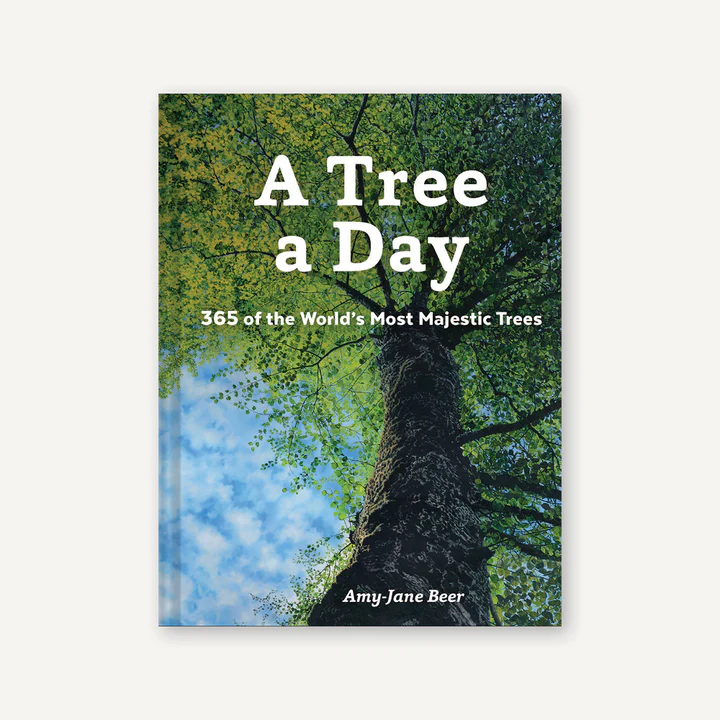
Immerse yourself in the beauty and power of nature with a different tree for every day of the year.
Spend every day of the year with one of the world’s most fascinating trees. In A Tree a Day seasoned nature writer and journalist Amy-Jane Beer shares 365 majestic and memorable trees from around the world. From the strength of Alder trees to the biology behind the autumn colors of New England; from folkloric medicines in tree sap to Shakespeare’s Birnam Wood; from the giant sequoias of California to Klimt’s Birch trees—A Tree a Day explores the botany, poetry, folklore, rich history, and natural beauty of trees. Dip in and out or spend each day exploring a new natural wonder. With award-winning photography, works of art, and detailed illustrations on every page, A Tree a Day illuminates the timeless splendor and power of the world’s trees.
GORGEOUS ILLUSTRATIONS: Each tree is illustrated with a unique work of art—from classical painting to breathtaking photographs.
MEDITATIVE START TO EACH DAY: A Tree a Day is a beautiful reminder to pause each day and appreciate the natural world—no matter where you are. Each of the 365 entries offers a seasonal quote, fact, or story about trees to inspire gratitude and wonder.
This book so far has been such a balm this year!

